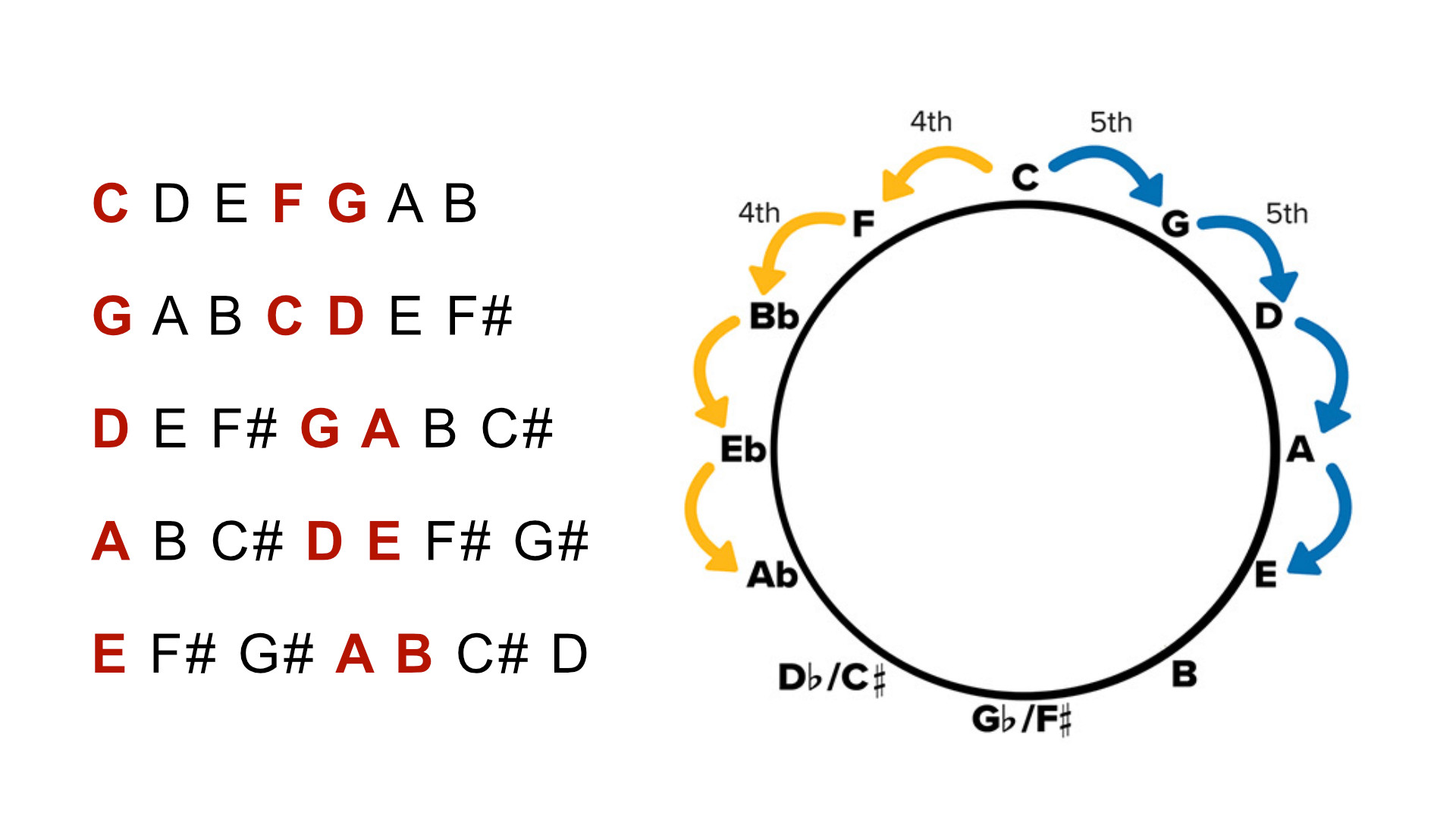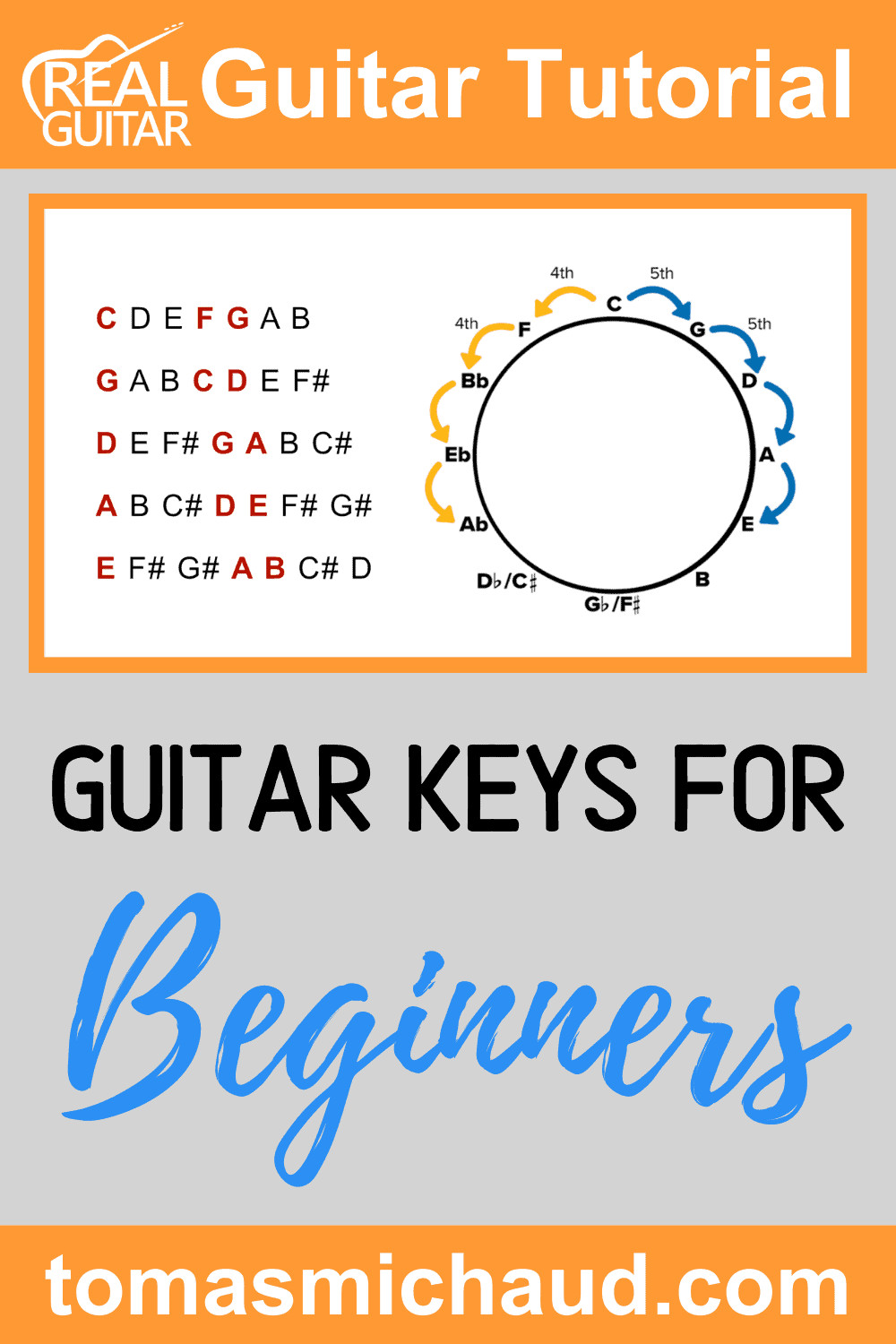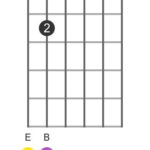Starting your guitar adventure can be both exciting and a little overwhelming. One of the first things you’ll encounter is the concept of “keys.” Understanding keys on guitar is fundamental because it’s your roadmap to learning chords effectively and, more importantly, playing songs you love. This guide will break down guitar keys for beginners, making your learning process smoother and more rewarding.
What Exactly Are Guitar Keys?
Imagine a key as a family of guitar chords that naturally sound good together. Think of it as a curated set of chords that are commonly used in songs. Learning guitar chords in keys is incredibly beneficial for beginners because:
- Context is King: Instead of randomly learning chords, keys provide context. You understand how chords relate to each other within a musical framework.
- Practical Application: Keys focus your practice on chords you’ll actually use frequently, allowing you to quickly start playing real songs.
- Avoid Overwhelm: Learning all possible guitar chords at once is daunting. Keys break down the learning process into manageable chunks, preventing you from feeling lost.
Essentially, guitar keys are shortcuts to musicality. They give you the essential building blocks to start making music and understanding how songs are constructed.
The Most Common Guitar Keys You Need to Know
 Common Key for Guitar
Common Key for Guitar
When you’re starting out on guitar, focusing on a few key areas will give you the most bang for your buck. The keys of C, G, D, A, and E are widely recognized as the most common and essential for guitarists. In fact, a large percentage of popular songs – around 80% – are built around these five keys.
These keys are popular for several reasons:
- Beginner-Friendly Chords: They primarily utilize open chords, which are easier to learn and play compared to barre chords.
- Versatility: These keys are used across countless genres, from pop and rock to folk and country.
- Foundation for Further Learning: Mastering these keys provides a solid foundation for exploring more complex musical concepts later on.
Each of these keys contains a specific set of chords that harmonize beautifully together, making them perfect for learning to play songs and understanding basic music theory on the guitar.
Why Start with the Key of G?
While the key of C might seem like an obvious starting point since it’s often considered the “simplest” key in music theory, it presents a hurdle for beginner guitarists: the F chord. The F chord is typically played as a barre chord, which can be challenging for new players to finger correctly and smoothly.
Therefore, the key of G is often a more practical and encouraging starting point. The primary chords in the key of G are G, C, and D. None of these are barre chords, making them much more accessible to beginners. You can learn to transition between these chords relatively quickly and start playing simple songs almost immediately.
Once you’ve gained some experience and finger strength, you can circle back to the key of C and tackle the F barre chord with greater confidence.
Understanding the Circle of Fifths for Guitar Keys
 Best Guitar Keys to Learn
Best Guitar Keys to Learn
The “Circle of Fifths” might sound intimidating, but it’s actually a helpful visual tool for understanding the relationships between keys. Don’t let the name scare you! It’s a simple way to remember the order of these common guitar keys.
Starting at the top of the circle with C and moving clockwise, you’ll encounter the sequence: C, G, D, A, E, and so on. The term “fifths” comes from the musical interval – each key is a fifth away from the previous one.
For our purposes, the circle of fifths is a handy way to remember the progression of common guitar keys. It visually reinforces the order in which you might want to explore them as you develop your guitar skills.
Delving Deeper into the Key of G: Chords and How They Work
Let’s take a closer look at the key of G to illustrate how keys function on the guitar. As mentioned, the three core chords in the key of G are G, C, and D.
In music theory, these chords are often referred to by Roman numerals representing their position in the key:
- G is the I chord (Tonic) – The root chord, the home base of the key.
- C is the IV chord (Subdominant) – Creates movement and interest away from the tonic.
- D is the V chord (Dominant) – Creates tension and strongly pulls back to the tonic (G chord).
You’ll often see the V chord written as “V7”. In the key of G, this means the D chord becomes a D7 chord. The 7th chord adds a richer, more bluesy and resolved sound, particularly when moving back to the G chord. In other keys, like E where the V chord would be a challenging B barre chord, using a B7 (which can be played as an open chord) makes playing in that key much easier for beginners.
Expanding Your Palette: Adding Minor Chords to Your Guitar Keys
 Guitar Keys For Beginners
Guitar Keys For Beginners
Once you’re comfortable with the major chords in a key, you can expand your musical possibilities by incorporating minor chords. In the key of G, a common and useful minor chord to add is the VI chord.
To find the VI chord, count six notes up from G in the G major scale – you’ll arrive at E. Therefore, the VI chord in the key of G is E minor (Em).
Adding the Em chord to your key of G toolkit dramatically expands the range of songs you can play. Many popular songs utilize chord progressions that include the VI minor chord. Think of classics like “Unchained Melody” and “Leaving on a Jet Plane,” or even contemporary hits like Ed Sheeran’s “Perfect.” These songs and countless others use progressions built with these types of chords.
Conclusion: Keys are Your Guitar Compass
Understanding and practicing guitar chords in keys is not just about learning chords; it’s about learning to play music. Start by mastering the three main chords (I, IV, V) in each of the common keys – C, G, D, A, and E. Focus on smooth transitions between these chords and practice playing them in time, even if you start slowly.
Remember, the best way to solidify your understanding of keys is to learn songs! As you learn songs in different keys, you’ll naturally internalize the chord relationships and gain a deeper musical understanding. So, pick a key, learn its basic chords, and start playing! You’ll be amazed at how quickly you progress and how much more enjoyable your guitar journey becomes when you unlock the power of keys on guitar.

